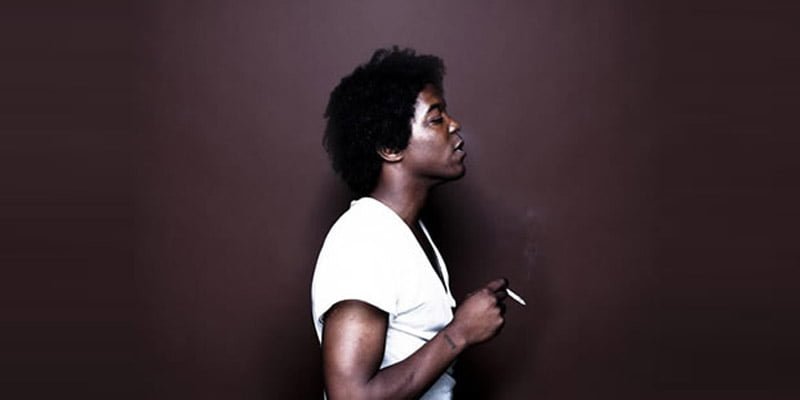
French pianist, composer, and filmmaker Christophe Chassol brings to Leeds’ Howard Assembly Room an adaptation of his fourth album Big Sun, a true masterwork filled with musical genius and visual playfulness too.
“I’ve been working in sound and film since I was twenty and I’m forty now,” Chassol tells me from his Parisian studio by Skype. “I really like synchronisation like a lot of people but I am taking the sound from moving pictures and that constitutes my musical material. So it is concrete music applied to video. The technology allows me to have a lot of video material in my computer as well as the audio software I have on there.
“In fact, since 2000 I have a laptop and then in 2005 came You Tube and with that I had access to all the video and films that I like. I could edit them and step by step use the sound of the video as musical material – it’s that simple! I take the video’s sound and play on top of it and I make loops to be able to create new melodies and then put chords underneath. So every time you see a loop repeating you’ll see a different chord underneath each time.
“I use a pitch harmonisation technique which is an old technique which comes from the Twenties with composers like Janacek or Bartok. And you have the same with other contemporaries.” I suggest the influence of French classical master Olivier Messaien in this too. “I like Messaien but I never listen to the Catalogue des oiseaux because you don’t hear the birds, he transcribes it for orchestra or two pianos without the actual sound of the birds. His tradition is really in contemporary classical music whereas I prefer tonal music, I like it to be easy to follow. So with the bird recordings on Big Sun I like to put simple chords on top of it.”
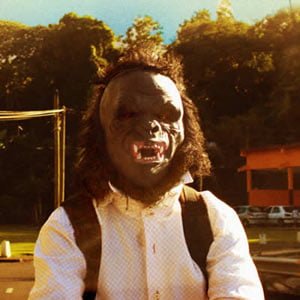
Chassol’s Big Sun
The Big Sun project was triggered by the tragic loss of both Chassol’s parents in 2005. “Before Martinique I wanted to go to Brazil but then I realised it looks very much the same as Martinique: the smell, the look of the people, the architecture, the colours, the music. So I decided that I’d do something about Martiniuque because I come from that culture and speak the language. So it would be a better piece due to my knowledge of the place.”
There is a real simplicity to Chassol’s artistic approach. “I try not to use too many effects and one thing I really never do is accelerate the sound which would make the video look ridiculous. But slowing down is always joyful because you start to really listen to each change of chords and pitch, it brings out the pleasure of listening to something, it stretches the time to take more pleasure.”
And his work has been dubbed as ‘ultrascore’. “Ultrascore is a neologism that I made when I started to play with the sound of the video. I like to put names on things to help them exist. In a traditional movie score you make the music of the action, whereas what I did was take an objective score of what you see. I take the sound of the videos. The rhythm goes forward and you are superimposing notes.”
Big Sun makes great use of the sounds Chassol discovered in Martinique. “I think the field recordings are about sharing things because everyone has access to the concrete matter of the sounds of everyday. People like John Cage showed us that you don’t need the sounds to be disguised romantically – you can like the sounds as they are. It’s fascinating to think that every noise makes a note and you can do music with it. It’s a simple thing – anything is a note and anyone can play with what you hear.
“So Big Sun in Leeds will be a dialogue between the drummer and me on keyboards and all the people that we shot for the film and things that I’ve pre-recorded – basses, pianos, synthesisers, strings. I love it when you switch from one chord to another, to analyse what is going on. The power of music is famous, it is popular but powerful too, it can save a life.”
1 February 2016, Howard Assembly Room, Leeds.

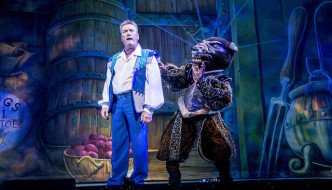
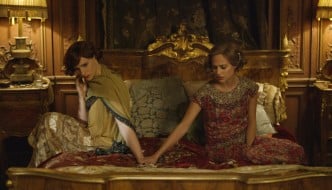
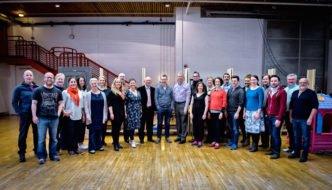
Comments